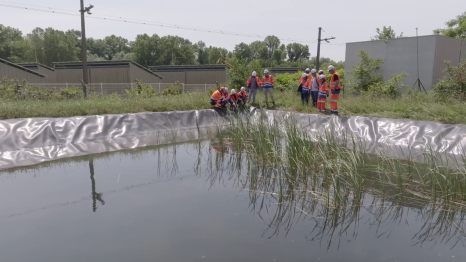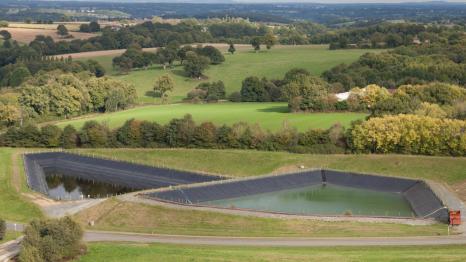Methane leaks in the waste sector: Séché Environnement pioneers improvements in biogas capture
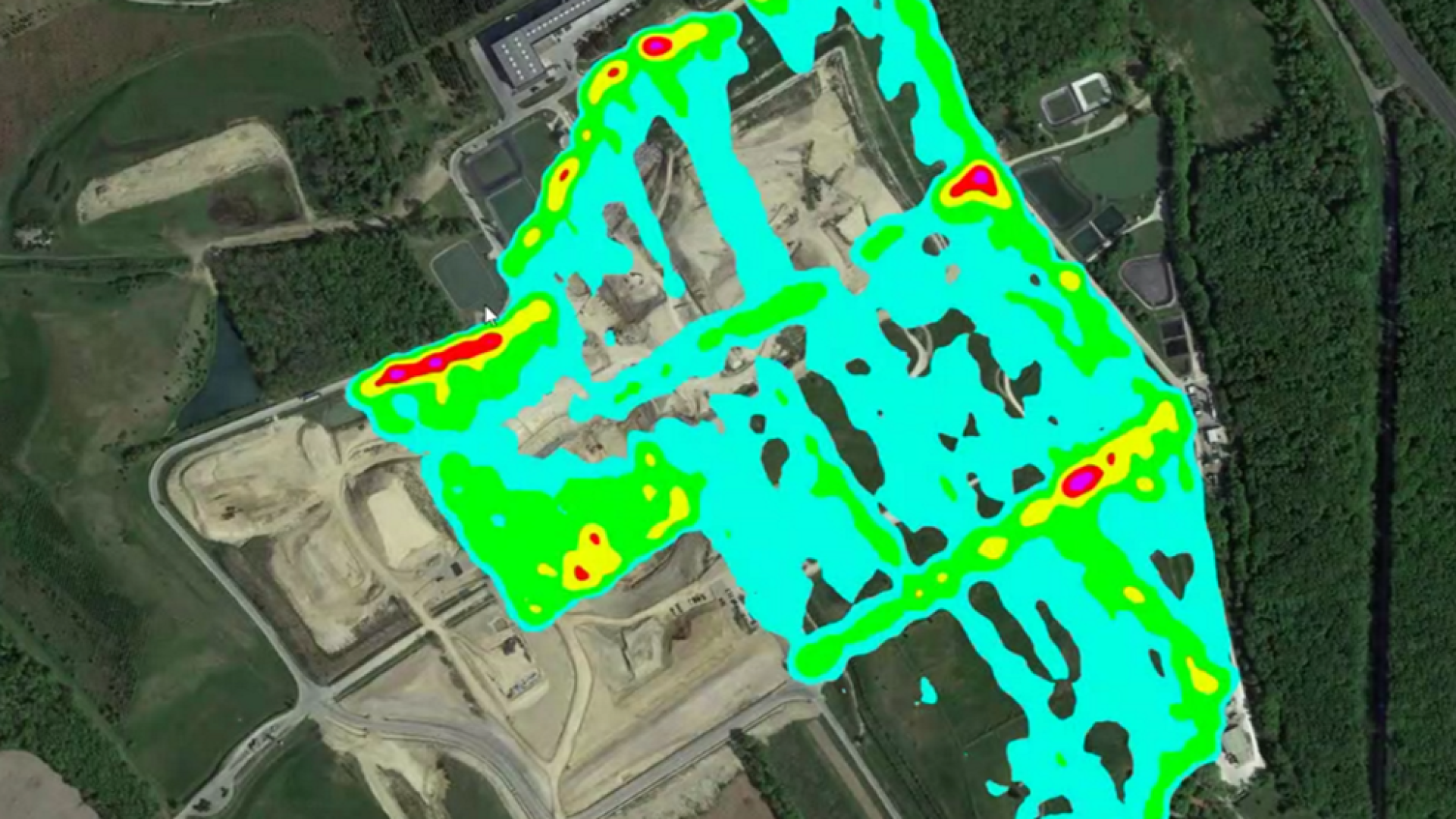
The Non-hazardous waste storage facilities (or ISDND) have little in common with what used to be called landfills. Firstly, because only non-recyclable waste is brought there. But also because the waste is stored in " casiers " excavations perfectly sealed with layers of clay and geomembranes, with drains to collect all liquids and equipped with gas collection networks. These networks are made up of kilometers of pipes connected to pumps that keep it depressurized and create suction.
Because waste emits gas. Under the effect of fermentation, its organic part decomposes as it would in nature, producing liquids (the lixiviates) and biogas, rich in methane. Methane is both a particularly potent Greenhouse Gas (GHG), 28 times more potent than CO2, and a valuable source of energy. The stakes are high, because according to the Centre interprofessionnel technique d'études de la pollution atmosphérique (the Citepa), GHG emissions from the entire ISDND sector would reach more than 11,000 kt eq CO2 per year. Worldwide, emissions from landfills are estimated to account for almost 5% of global emissions. Improving the efficiency of capture systems means fighting global warming in two ways: on the one hand, by reducing the emission into the atmosphere of a gas with a high warming potential, and on the other, by using this gas to produce " low-carbon " energy to replace fossil fuels.
Drones track methane
In 2022, all French ISDND sites had an average capture rate of just 51%. On its 6 sites in operation, Séché Environnement already had an average of 80%, but it had to be possible to do better. This is why, accompanied by Bureau Veritas, the Group has launched an unprecedented campaign to measure and reduce methane emissions in 2023.
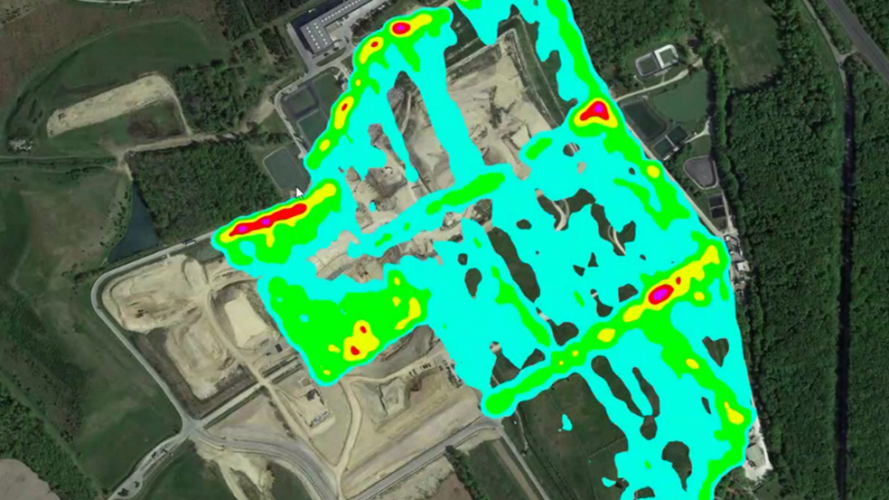
To accurately map biogas emissions, each site is first flown over by a drone loaded with sensors, which draws up a colored map based on gas concentration. These measurements are supplemented and refined by measurements on the ground using a flow chamber, a kind of hermetically sealed bell covering 2m2 and continuously measuring the concentration of gases inside. This protocol will be repeated throughout the year to take account of seasonal variations and the different operating phases of the casks.
But, armed with the geolocation of the most emissive zones, the operating teams didn't wait to take the corrective action that was required. In some cases, maintenance operations were necessary on the catchment network itself: replacement of pipes, well heads, joints, repair of the cover membranes used to close the casks at the end of operation... In other cases it was a question of developing good practices in terms of network adjustments, or reinforcing the watertight cover over the embankments and the areas furthest from the catchment wells...
The balance sheet is without appeal
The results are indisputable between 2022 and 2023, the capture rate rose from 80 to 93% on average on the Group's ISDNDs, and methane emissions dropped drastically :
| Emissions CH4(kt eq CO2) | ||||
| 2020 | 2021 | 2022 | 2023 | |
| SITE 1 | 36,5 | 41,1 | 37,5 | 7,0 |
| SITE 2 | 10,9 | 11,8 | 10,8 | 1,6 |
| SITE 3 | 36,1 | 42,5 | 40,1 | 15,0 |
| SITE 4 | 1,8 | 1,4 | 1,8 | 1,8 |
| SITE 5 | 10,5 | 11,9 | 11,1 | 12,2 |
| SITE 6 | 6,5 | 6,8 | 4,7 | 2,1 |
While the results highlight the relevance of allocating resources to monitoring and controlling biogas leaks, they also show the crucial role of certain good practices concerning :
- advanced capture, which involves installing networks and starting capture as soon as a bin begins to fill, without waiting until it has finished operating ;
- the choice of clays and geomembranes for the covers that ensure the watertightness (temporary during operation then definitive) of the casks.
If the entire industry adopted these new measurement methods and thus optimized its maintenance operations and operational practices, it would reduce its emissions by 86%. A huge step forward for ecological transition and the fight against global warming, as this would represent a 5% reduction in the country's overall emissions. And this could be just the beginning!
Our new approach to methane capture on ISDNDs has been published in detail in TSM, the leading journal of scientific and technical information for the water and waste communities. It has been validated by Citepa, and the Séché Environnement group is currently rolling it out internationally.
Hello,
We will do our best to answer you as soon as possible.
